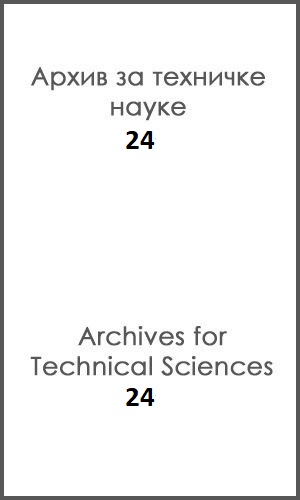GEOCHEMISTRY AND PETROGENESIS OF OLIGOCENE DACITES FROM THE CENTRAL BOSNIA AND HERZEGOVINA WITH INSIGHT IN THE POST- COLLISIONAL TECTONIC EVOLUTION OF CENTRAL DINARIDIC OPHIOLITE BELT
DOI:
https://doi.org/10.7251/afts.2021.1324.017SAbstract
Magmatic rocks of post-Late Eocene magmatic formation are widespread in the Sava segment of Sava- Vardar suture zone and adjoin areas. The rocks formed as a response to transpressional-transtensional tectonic activity preceded by the Cretaceous-Eocene compression of the Internal Dinarides and Tisia Unit as fragments of Eurasian continental lithosphere. Central Bosnia Tertiary volcanic rocks (CBTVR), erupted as dacites in Lower Oligocene, are peculiar rocks of this formation either by their location (southernmost distal outcrops) or geological setting (extrusive within the melange of the Internal Dinaride Ophiolite Belt).
Major element composition of the CBTVR reveals high-K calc-alkaline geochemical affinity whereas trace element discriminate the rocks as shoshonitic. The rocks are LILE-enriched and show negative Ta- Nb, P and Ti anomalies, and positive Pb anomalies typical of subduction related volcanic rocks. Chondrite-normalized REE patterns exhibit significant LREE/HREE enrichment [(La/Yb)cn = 21.4 - 33.4]. Geochemical affinity of the CBTVR combined with tectonic position of extrusions suggests derivation of the melts from the subcontinental mantle which had inherited strong orogenic signature during an ancient subduction.

